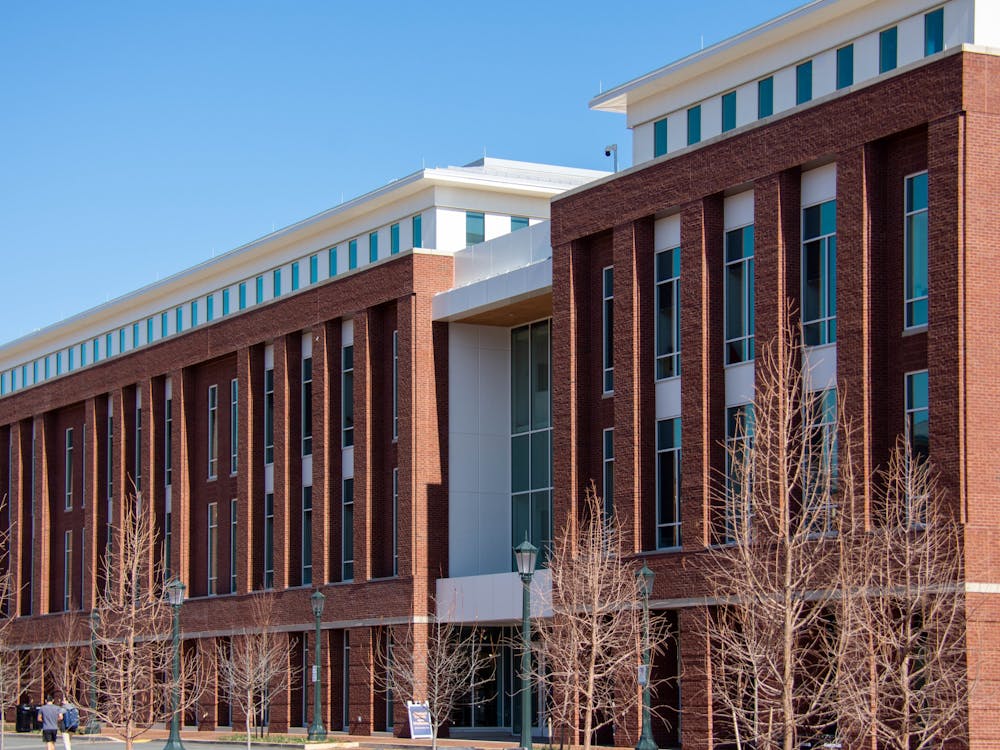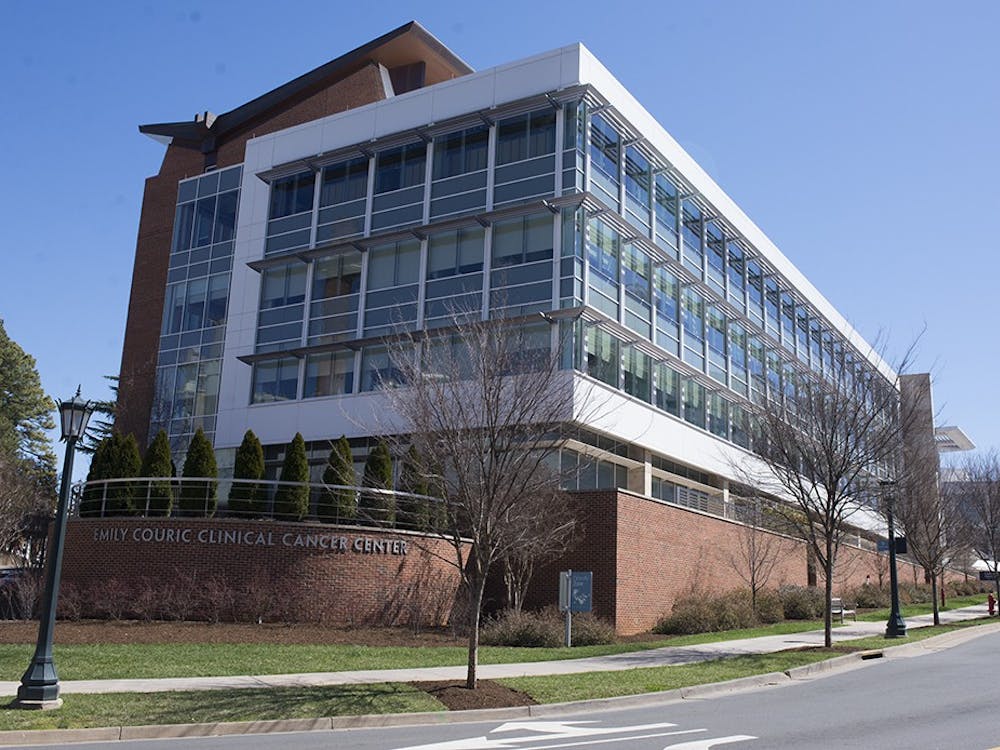It's a really late night and you're playing poker - Texas Hold'em, in fact. A guy across the table goes all-in before you even see your cards. You take a look and you've got nothing special. You fold because every rational bone in your body tells you it's just too much money to throw down way too early on just one of many hands.
Now you know how pharmaceutical companies have felt about antibiotic research for the past decade.
To protect patient safety, the Food and Drug Administration demands rigorous, lengthy and expensive testing for each new drug that emerges from the laboratory after years of research. These costs can total more than $1 billion for a single drug. Pharmaceutical companies, now facing tougher financial pressures, are less willing to gamble on a number of potential drugs that would have enticed them a decade ago. This is particularly clear in the case of antibiotics, in which short treatment courses combined with antibiotic resistance make it unlikely that a for-profit company will be able to recoup its research and testing costs. It's no surprise that private investment in antibiotics is dwindling, resulting in a grand total of two new FDA-approved antibiotics in the last three years. Simply put, unique circumstances cause the free market system to fail to meet demand for viable antibiotic delivery.
In my mind, that is the perfect opportunity for government to fill the void: a gap specifically created and verified by free market failure. The National Institutes of Heath recently announced plans for a new National Center for Advancing Translational Sciences with the stated goal of "streamlining and improving the process of therapeutics development." In short, the Center aims to help move laboratory discoveries along the early stages of drug development until they gain enough safety and efficacy data to attract private investment and be carried the rest of the way to the doctor's office by pharmaceutical companies. By filtering through the myriad of higher risk drug targets, the NIH hopes to bolster our dwindling number of new FDA-approved therapies.
If you watched President Obama's State of the Union last week, you may have noticed two clear themes: innovation and tough choices about government spending cuts. Those two themes collide quite obviously on the debate surrounding the creation of the National Center for Advancing Translational Sciences. I too am scared by the growing budget deficits and am encouraged to see members of government from both sides of the aisle speak openly about making hard spending cuts for the sake of fiscal responsibility and common sense. But some targeted government spending is common sense, especially when it steps in specifically to fill a void in which the private sector has thrown in the towel. The private sector can cleanly and efficiently take care of itself in many realms of research and development. The data tells us that antibiotic research is not one of these.
Back in the dimly-lit room, the guy across the table limps into the pot this time. Everyone checks around the table for the flop and the turn, removing the risk for you to move forward in the hand.






